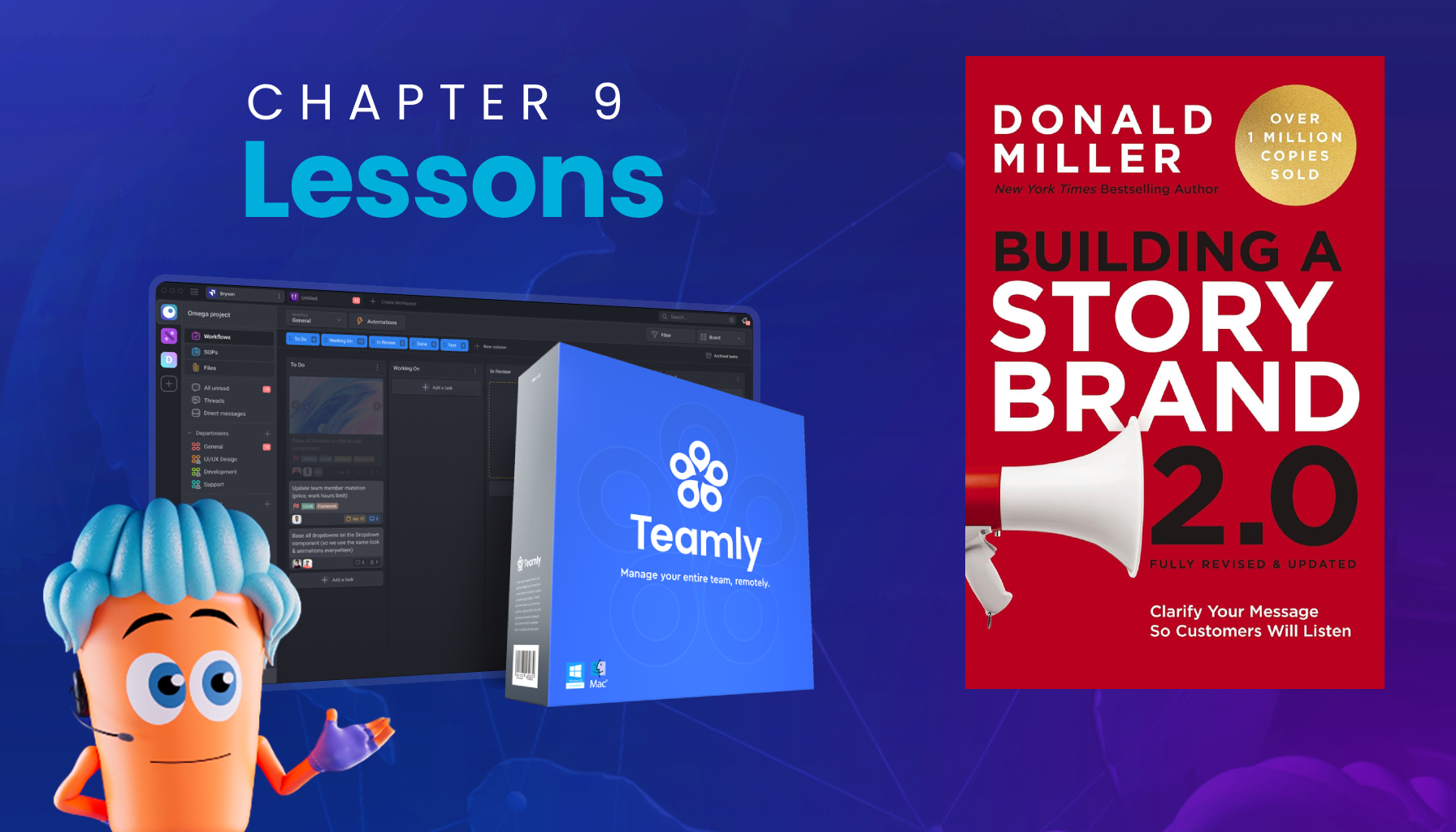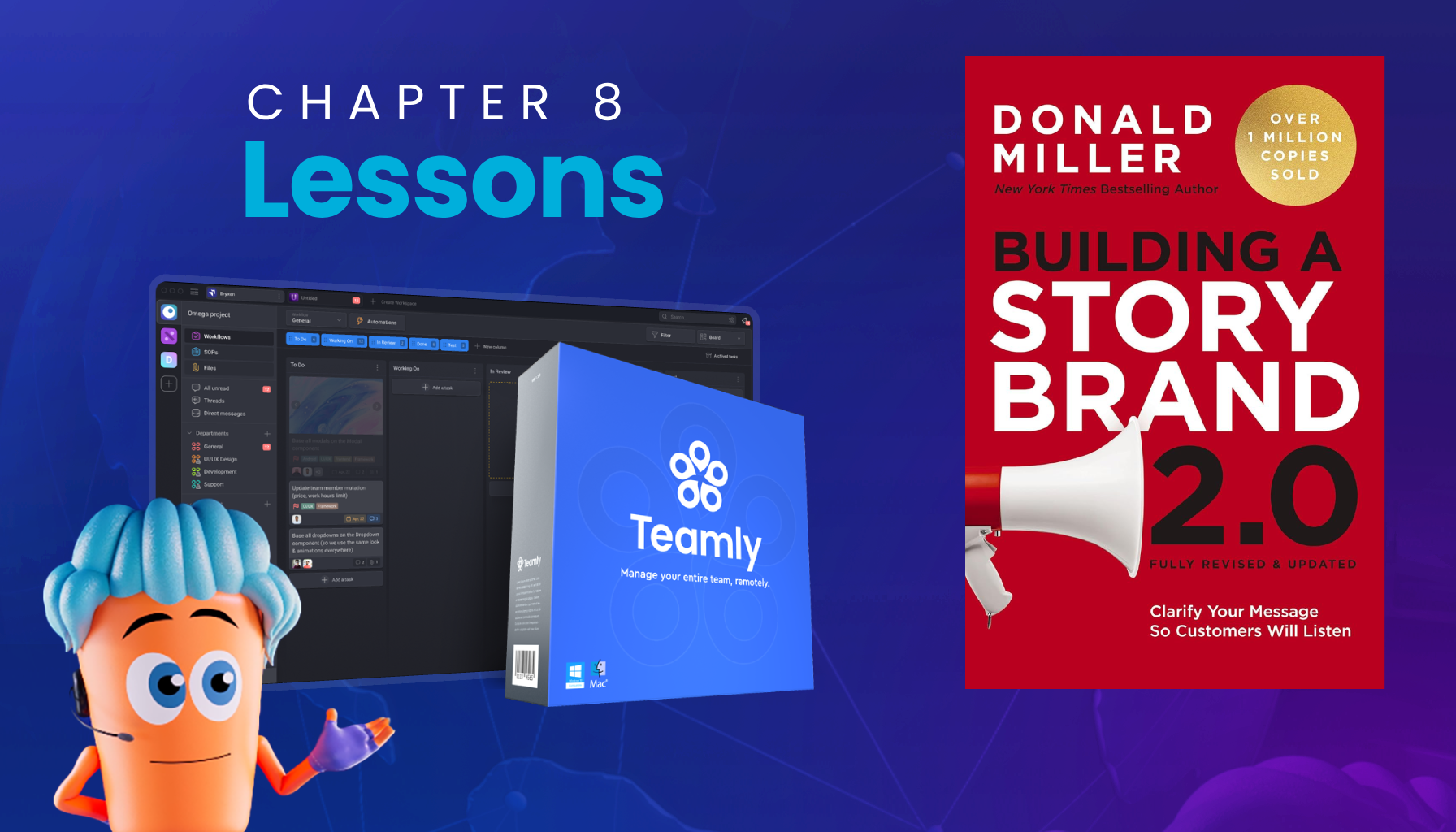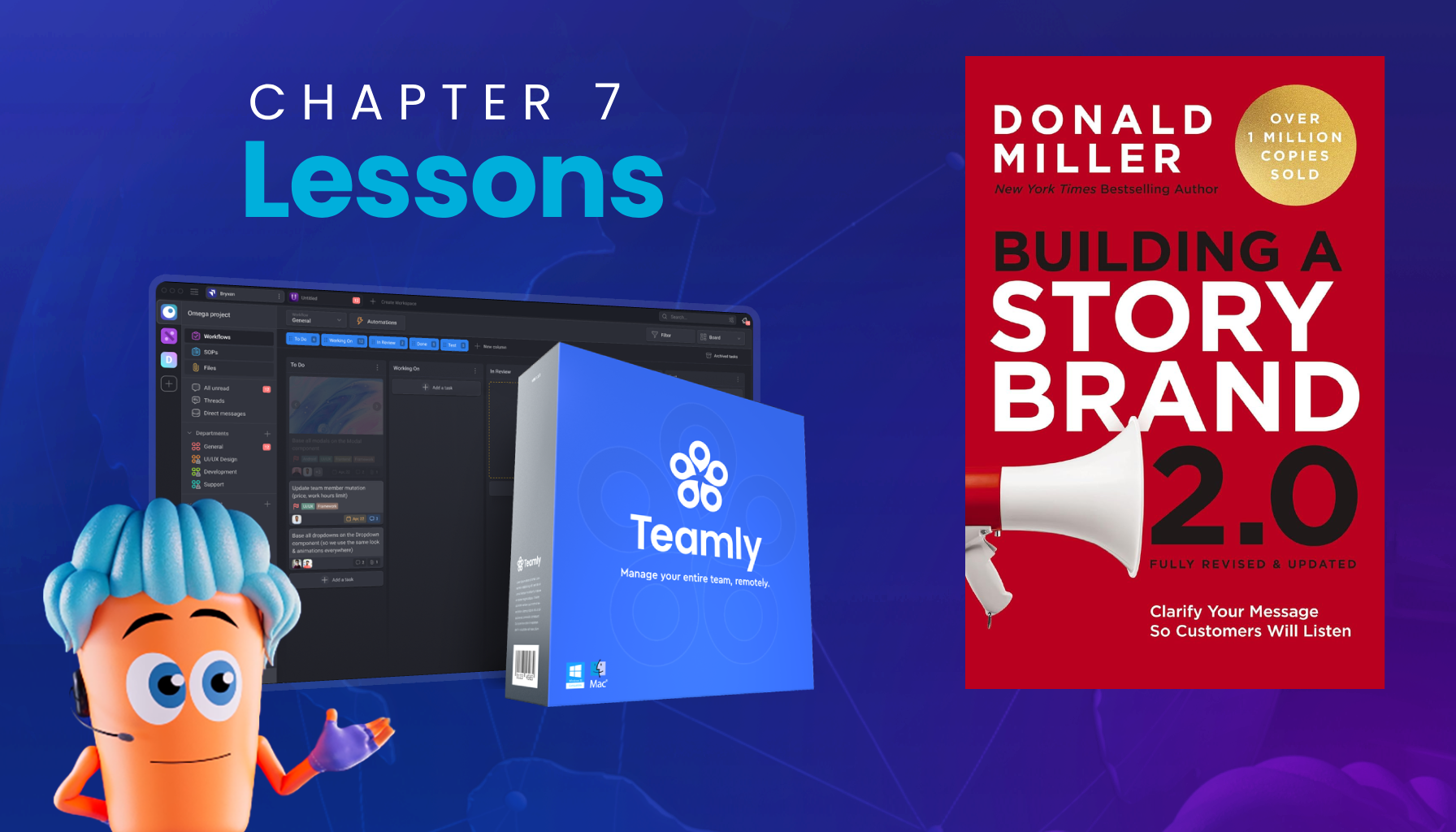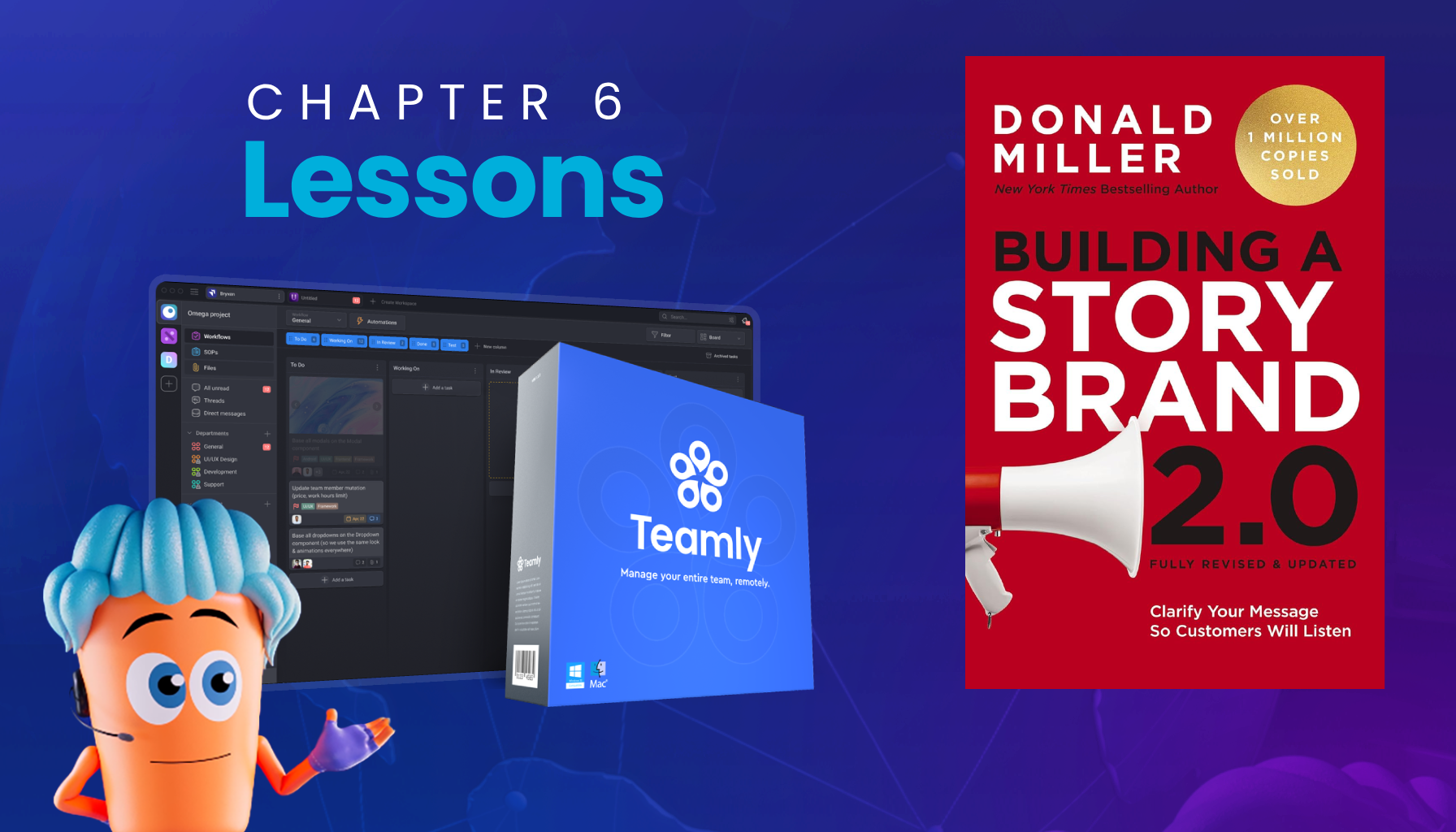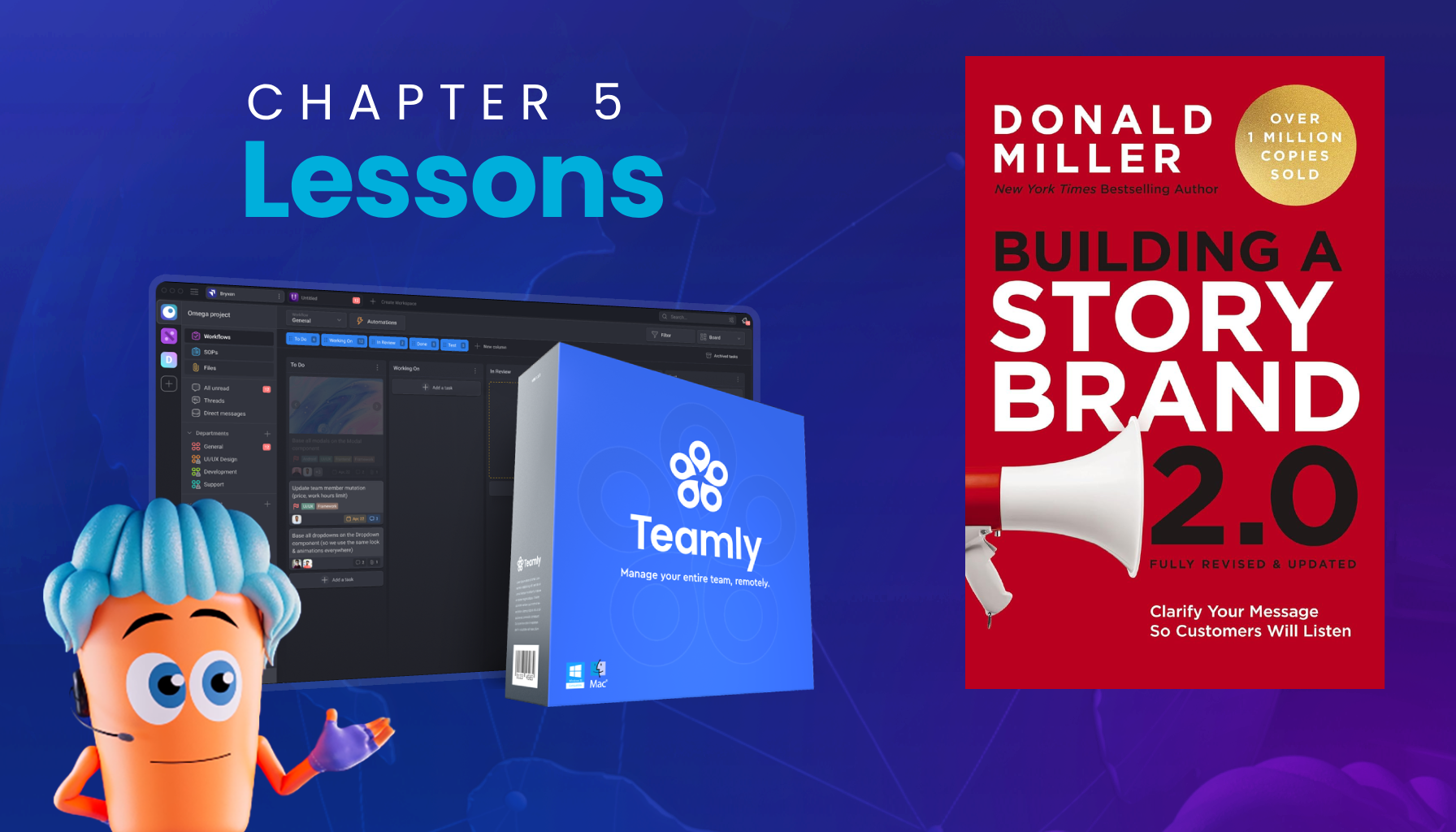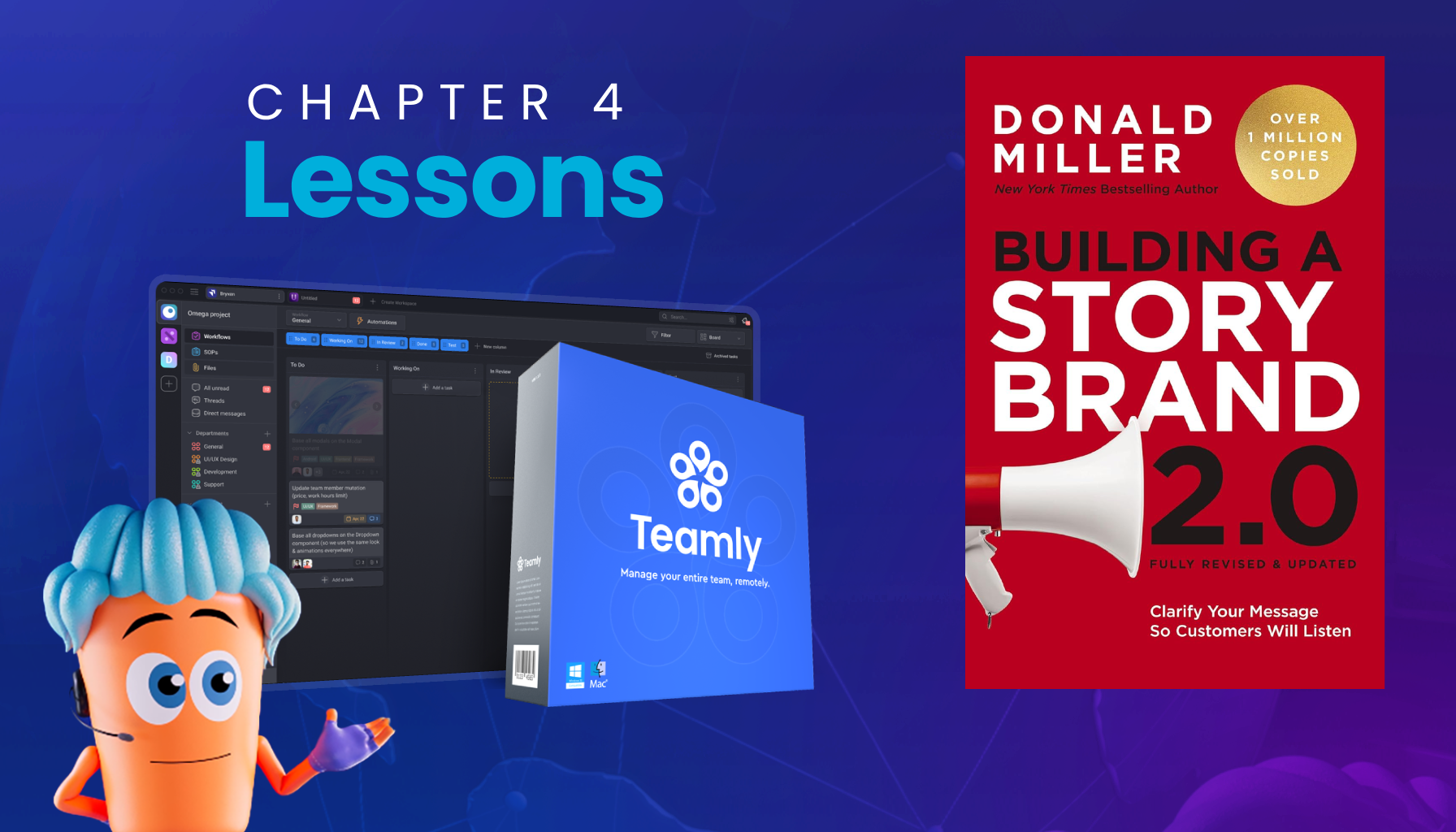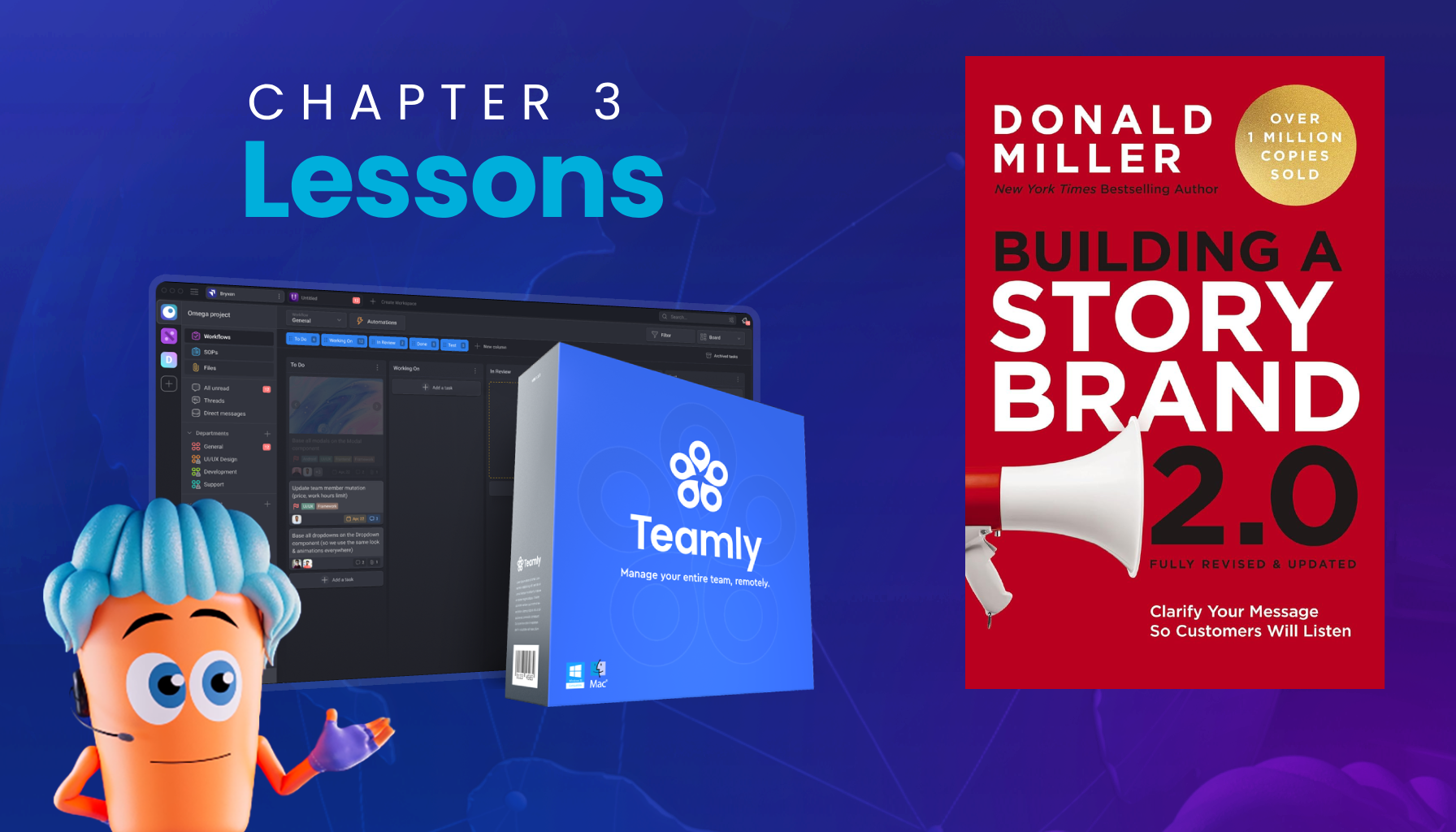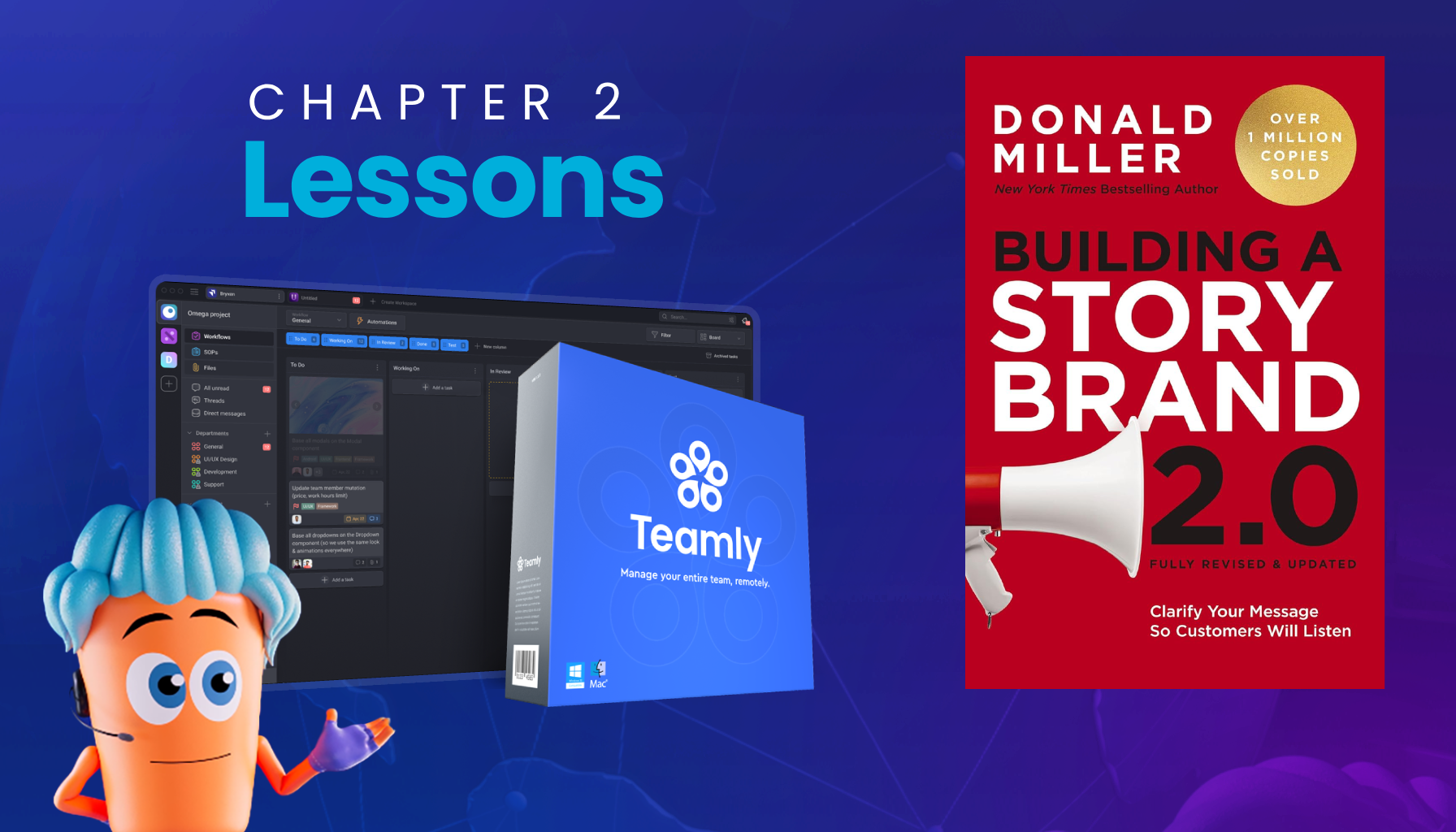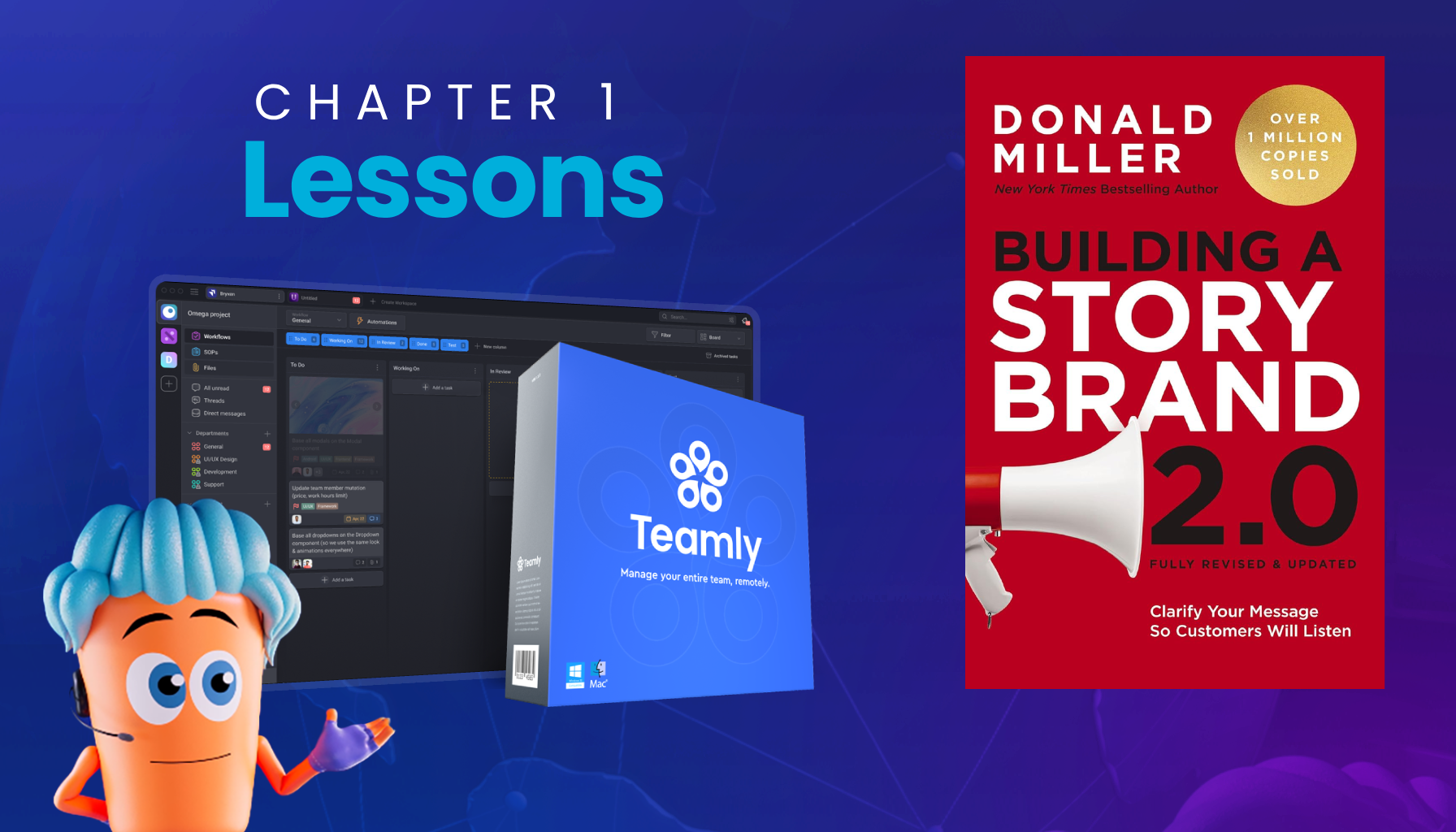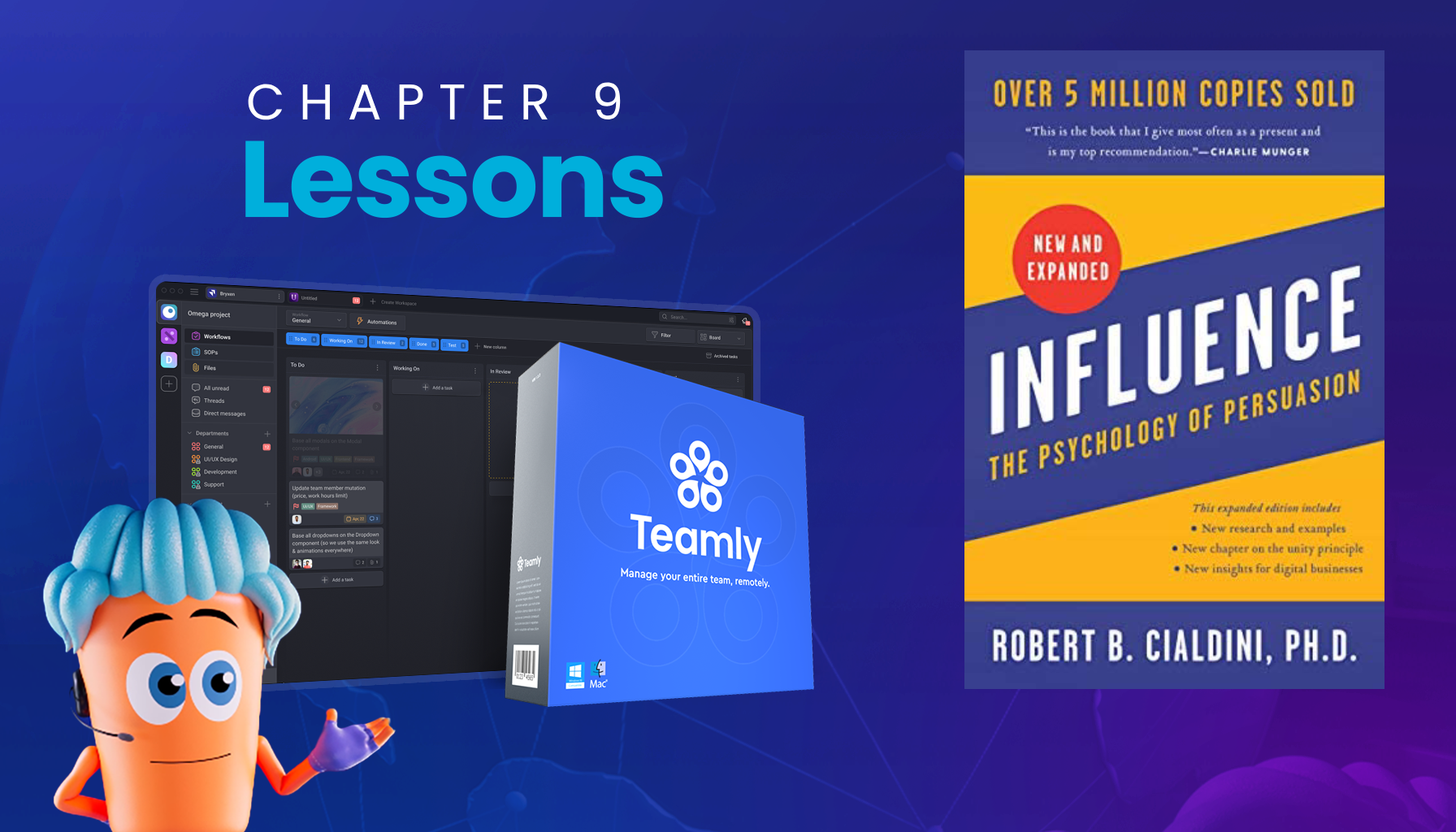When it comes to creating compelling brand messages, few books rival Building a StoryBrand 2.0. Chapter 9 dives deep into the idea that every customer is motivated to avoid failure.
This principle can transform how brands communicate, helping them forge stronger connections with their audiences. Below are the key takeaways from this chapter, along with practical applications for businesses.
The Psychology of Failure
At the heart of great storytelling lies a simple question: “Will the hero succeed or fail?” Chapter 9 explores how this principle applies to brands. Customers resonate with narratives that address their challenges and fears. Highlighting what’s at stake for them keeps their attention.
- Relatable heroes: Stories with vulnerable protagonists make audiences care.
- High stakes: Without stakes, a narrative loses tension and engagement.
This psychological principle isn’t just for movies or novels—it’s foundational for marketing. By crafting messages that resonate with the human desire to avoid failure, brands can communicate more effectively and emotionally.
This approach connects with customers on a deeper level, building trust and loyalty.
Consider the emotional impact of this principle. For example, in a world dominated by choices, customers often feel overwhelmed.
Narratives that simplify decisions by emphasizing stakes help cut through the noise. Customers want solutions that protect them from loss, whether financial, emotional, or social.

Using Stakes in Your Brand Messaging
Just as a story needs stakes to captivate an audience, brands need to define what their customers stand to lose by not acting. This makes the messaging compelling and meaningful. Consider the following steps:
- Highlight the consequences of inaction.
- Show how your product or service provides a solution.
- Emphasize urgency with clear calls to action.
For example, if your product helps businesses streamline operations, emphasize the chaos and inefficiency they could avoid. This applies to any industry—whether you’re selling software, financial services, or educational tools.
Another effective approach is to create hypothetical scenarios that illustrate potential failures. This technique allows customers to envision the consequences of inaction, making the stakes feel immediate and real.
Case Study: Allstate’s “Mayhem” Campaign
One of the standout examples from Chapter 9 is Allstate’s iconic “Mayhem” campaign. Through humor and drama, it highlights everyday risks like accidents and home damage.
The campaign effectively foreshadows potential failure while offering a solution: insurance protection. This approach creates urgency and emotional resonance.
The brilliance of the “Mayhem” campaign lies in its ability to make risks tangible and relatable. By dramatizing scenarios that could happen to anyone, it creates a powerful connection with its audience.
This is a lesson all brands can apply: make the stakes real and relevant to your customers’ lives.
In addition to its relatability, the campaign demonstrates the importance of tone. Humor offsets fear, ensuring the message resonates without overwhelming the audience. This balance is key for any brand seeking to use stakes in its messaging.

The Power of Loss Aversion
Drawing from Daniel Kahneman’s Prospect Theory, Chapter 9 explains that people are more motivated to avoid losses than to pursue gains.
This insight is invaluable for crafting marketing messages. Highlighting what customers might lose if they don’t act can significantly boost engagement.
- Examples of losses: Missed financial savings, inefficiencies, or hidden fees.
- Frame solutions positively: Emphasize how your product can help customers avoid these pitfalls.
Loss aversion isn’t just about fear—it’s about creating urgency. When customers understand what’s at stake, they’re more likely to act quickly.
For example, a campaign for an eco-friendly product could emphasize the environmental impact of not switching to sustainable options.
Moreover, leveraging loss aversion can be particularly impactful in competitive markets. If your competitors offer similar products, framing your solution as a way to avoid failure differentiates you. Customers will see your brand as the safest choice.
Practical Applications for Businesses
Implementing these principles doesn’t require a massive budget. Brands can integrate stakes into their messaging through various channels:
- Website bullet points emphasizing risks of inaction.
- Emails that highlight consequences alongside solutions.
- Landing pages with clear stakes and calls to action.
For example, Teamly software can help businesses organize their operations more effectively, preventing costly inefficiencies and lost productivity.
By framing your messaging around the challenges customers face, you position your product as an essential solution.
It’s also essential to test your messaging. Use A/B testing to determine which stakes resonate most with your audience. Continuous optimization ensures your messages remain relevant and impactful.

Balancing Fear and Solutions
Chapter 9 emphasizes that fear should be used sparingly in messaging—like salt in a recipe.
Too much can overwhelm your audience, but just enough can create urgency. Pair fear-based messaging with actionable solutions to empower customers instead of paralyzing them.
“Don’t postpone your retirement. You’ve worked too hard for too long to not enjoy time with your grandchildren.”
This approach ensures that customers feel motivated rather than manipulated. It’s about guiding them toward a positive outcome while acknowledging the stakes.
Additionally, storytelling can play a crucial role here. Narratives that showcase relatable characters overcoming challenges make the stakes feel authentic. Customers are more likely to trust brands that present genuine stories of transformation.
Examples from the Book
- Perkins Motorplex: Avoiding the pain of buying a lemon or being ripped off.
- Rely Technology: Preventing the frustration of confusing home tech setups.
- WinShape Camps: Helping parents avoid a restless, unproductive summer for their kids.
These examples illustrate how diverse industries can apply the principles from Chapter 9. By identifying the stakes for your specific audience, you can craft messages that resonate deeply and drive action.
Remember, the key is specificity. Generic stakes won’t capture attention. Tailor your messaging to address the unique concerns of your audience, and they’ll see your brand as indispensable.

Ready to transform your brand messaging? Get your copy of Building a StoryBrand 2.0 today on Amazon.
